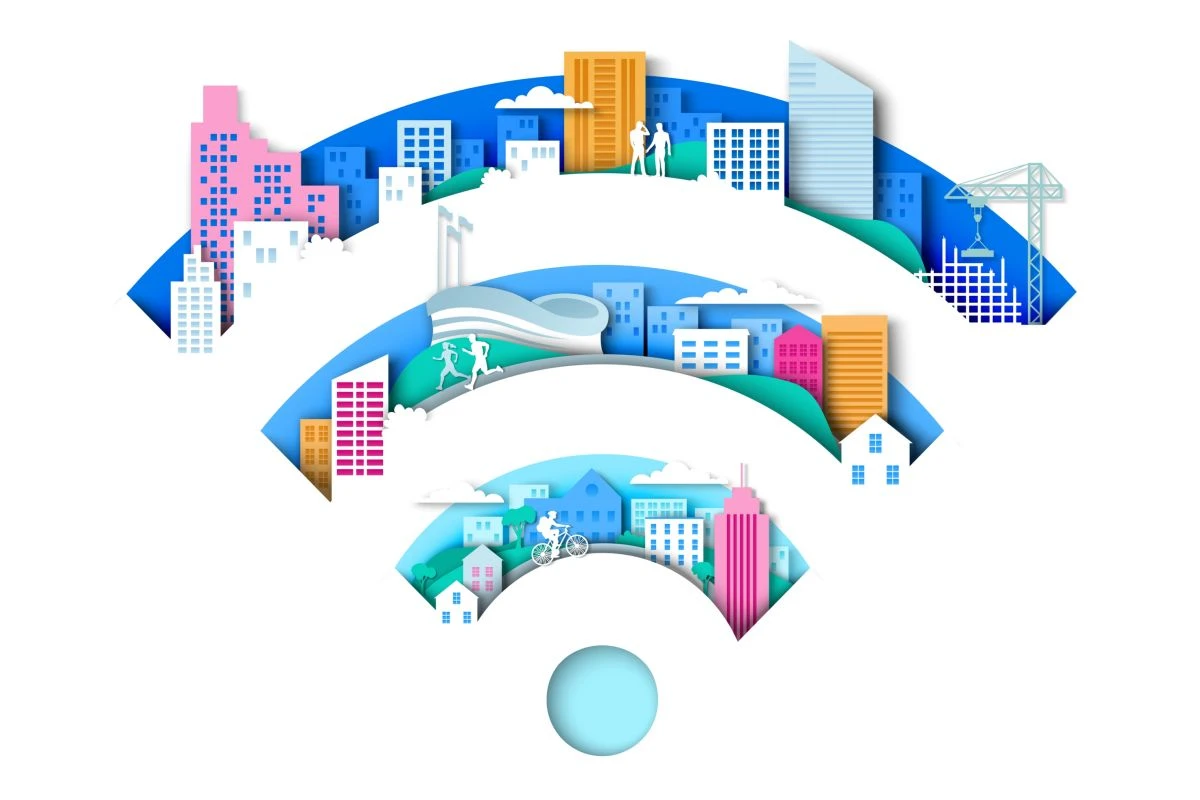Problematic Wi-Fi can be down to a number of factors. When we’re investigating Wi-Fi issues, we will look at the following;
• How old is your WiFi equipment?
• Is your equipment firmware up to date?
• What kind of coverage do you get from your primary router or wireless access point?
• Do you have extenders or access points to cover a larger area?
• Are multiple wireless access points optimised for frequency and channel overlap?
• How does the physical layout of your office or home affect the WiFi signal?
• Is there interference from other technology or appliances?
• In terms of WiFi density, how many devices are using it, and what for?
• How old are those devices connected to Wi-Fi?
• What are you doing to protect and segregate WiFi traffic from general network traffic?
• How much bandwidth do you have to play with from your Internet Service Provider?
• What traffic should be prioritised to best meet your needs?
Your IT provider should look after most of these things. Not all providers will dive this deep, but getting the best Wi-Fi speed and stability requires several factors to be right.
Let’s have a look at a few of these in more detail
Bandwidth is the amount of data that can be sent across your connection in a certain amount of time. If that’s low, then it will slow you down as it takes more time for data to get to and from your device. Data on the internet is the same, if an email is only text it will be a lot quicker than if it is 4k video stream. Bandwidth is measured in megabits per second (Mbps). For example to watch a 4k movie your connection will need to be 20Mbps. In the workplace things can soon slow down when some people are doing video calls while others are uploading huge files. You need to consider if you have enough bandwidth for all your employees to do everything they need to do. This is important on your internet connection, but throughput capability its often overlooked on your WiFi network.
The incorrect set up and configuration can cause slow Wi-Fi. Also where your access points are and where your router is can also affect things.
One of the most common issues for any Wi-Fi network is interference. It happens when other signals disrupt your Wi-Fi signal. Common devices that can affect signal are wireless cameras, wireless remote controllers, Bluetooth devices and cordless phones. To help with the issue have a look at the placement of your routers and your access points, and how much they get used. For example, if all your staff sit near one access point and that’s got interference, it’s going to affect everyone’s work. You might consider using a Wi-Fi surveillance tool to perform automated channel checks. This is something your IT partner can help with. Some routers offer QoS (Quality of Service) controls that restrict the amount of bandwidth specific applications can use. You can make better use of your network by prioritising the apps you use the most and giving lower priority to those that are less important. You may even wish to blacklist applications that aren’t essential to the way your business works.
Fix known issues.
It is important to update your router’s firmware regularly. This keeps it secure, as manufacturers will send out updates to combat security. They will also send out update to remove known bugs and deploy improvements. Keep an eye on the age of the devices you are connecting to your Wi-Fi. If your business relies on up-to-date technology, you can use higher standards of Wi-Fi, which are always faster than older Wi-Fi standards.
If you are experiencing slow Wi-Fi please run through this checklist;
• Run a speed test Sometimes Wi-Fi can feel slow, but it’s actually just a temporary glitch and overall the service is running well. Run a speed test and write down the results. Make sure you use the same speed test service each time, so you are comparing like for like. Your IT partner will tell you which service they recommend.
• Are employees watching videos on YouTube while uploading the day’s work?… no wonder the internet is slow. Depending on your connection, how people use the internet will have an effect. Most good quality firewalls and routers can give you analytical data to investigate. The better ones can filter analytical data right down to the device and session.
• Turn it off and on again? This could work when using cheaper equipment, as it really can be a temporary solution in some cases. If you are using good quality equipment, then this is less of a necessity.
• Check which devices are connected to your network It may be that you have unauthorised devices connected, which means you’re sharing your bandwidth with more people than you thought. If your business offers Wi-Fi access to the public, make sure this is a different network to the one your team relies on, and your team’s traffic has priority. Your IT partner can check this for you and make sure your Wi-Fi network is fully secure.
• Long-term: Consider an upgrade. Getting new equipment isn’t always the answer, but as standards improve new equipment can make a difference to speeds. Your IT partner can audit your Wi-Fi equipment and your business’s devices, and make recommendations. It’s also worth mapping the coverage provided by your current Wi-Fi setup, based on where people work in the business.
• Long-term: Shop around different internet providers to make sure you are on the best available connection. It’s worth regularly checking what’s available, and even considering a totally different way of getting internet, such as via space (it feels so showbiz to write that). When you find different providers in your area, register your email address to get updates from them.
Don’t let poorly configured Wi-Fi hold your business back. Speak to your IT team and if they can’t help speak to us.
Many thanks,
Faye



